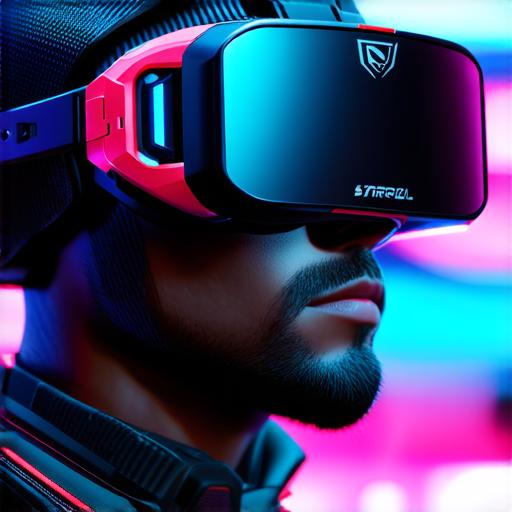
What are the latest developments in virtual and augmented reality technologies within the gaming industry?

In recent years, virtual reality (VR) and augmented reality (AR) technologies have been rapidly transforming the gaming industry. These immersive technologies offer gamers an unprecedented level of engagement and interactivity, allowing them to fully immerse themselves in a game world like never before.
Virtual Reality: A New Era for Gaming
Virtual reality is an immersive technology that simulates a 3D environment and allows users to interact with it as if they were physically present in the space. In the gaming industry, VR has been used to create highly engaging and immersive experiences, such as the popular Oculus Rift and HTC Vive headsets.
One of the latest developments in VR is the use of haptic technology, which allows users to feel physical sensations in virtual environments. This technology is being used to enhance the sense of realism in VR gaming, making it more immersive and engaging for players. For example, the HaptX gloves, developed by HaptX Corporation, can simulate the feeling of touching objects in a virtual environment, allowing gamers to interact with virtual objects in a more natural way.
Another development in VR is the use of wireless headsets. The Oculus Quest 2, for example, allows users to play VR games without the need for a high-powered PC or laptop, making it much easier and more accessible for gamers. Additionally, the recent release of the PlayStation 5 and Xbox Series X/S consoles has brought VR gaming to a wider audience, with both platforms featuring built-in support for VR headsets.
Augmented Reality: A New Approach to Gaming
Augmented reality is an immersive technology that overlays digital content onto the real world. In the gaming industry, AR has been used to create interactive and engaging experiences, such as the popular Pokemon Go game.
One of the latest developments in AR is the use of smart glasses. These glasses, such as the Snapchat Spectacles, can project digital content into the user’s field of vision, allowing them to interact with virtual objects in a more natural way. For example, gamers could use these glasses to play augmented reality games, such as GeoAR games that allow users to explore real-world environments and compete against other players.
Another development in AR is the use of 3D scanning technology. This technology allows developers to create highly detailed and realistic virtual objects that can be overlaid onto the real world. For example, Niantic’s Harry Potter: Magic Awakens game uses 3D scanning technology to create accurate representations of characters and objects from the Harry Potter universe, allowing players to interact with them in a more immersive way.
The Impact of VR and AR on Gaming
Virtual and augmented reality technologies have had a significant impact on the gaming industry, bringing new levels of engagement and interactivity to gamers. These technologies have also brought about changes in the way games are developed, with developers now able to create highly immersive and interactive experiences that were previously impossible.
One of the biggest impacts of VR and AR on gaming is the potential for increased accessibility. As these technologies become more affordable and accessible, they will be able to reach a wider audience, allowing more people to experience the joy of gaming in new and exciting ways.
Another impact of VR and AR on gaming is the potential for increased innovation. These technologies have opened up new possibilities for game development, allowing developers to create highly immersive and interactive experiences that were previously impossible. This has led to a surge in creativity and innovation within the gaming industry, with developers constantly pushing the boundaries of what is possible.


